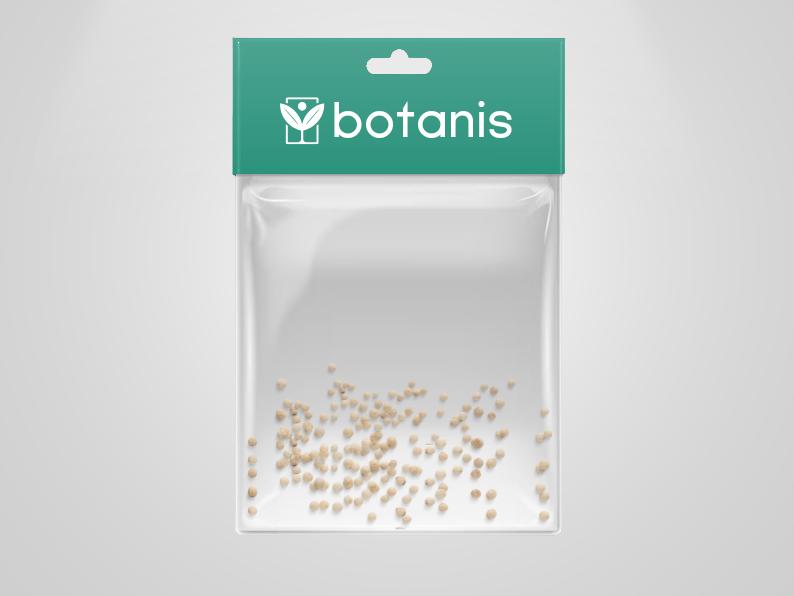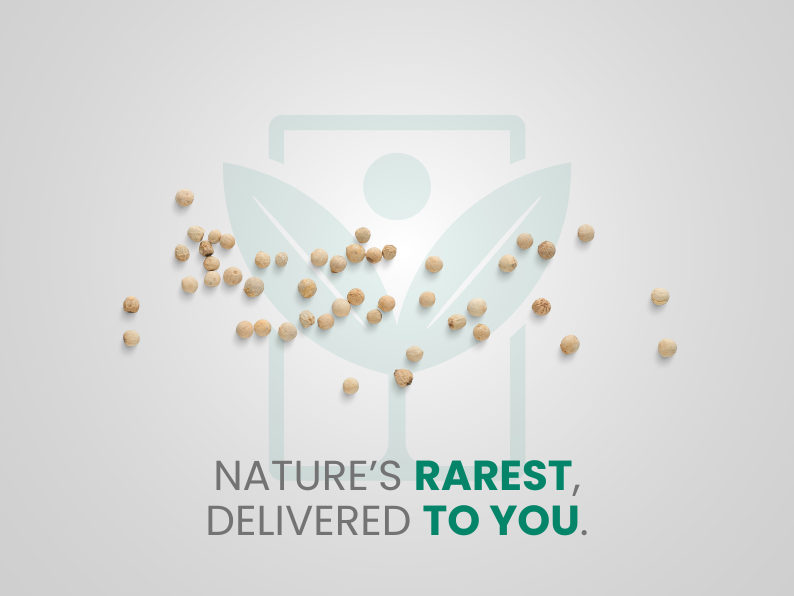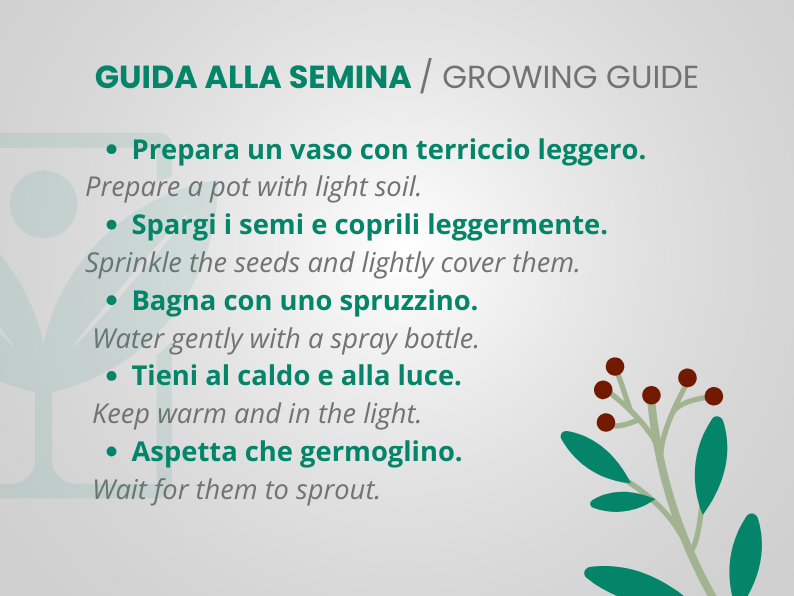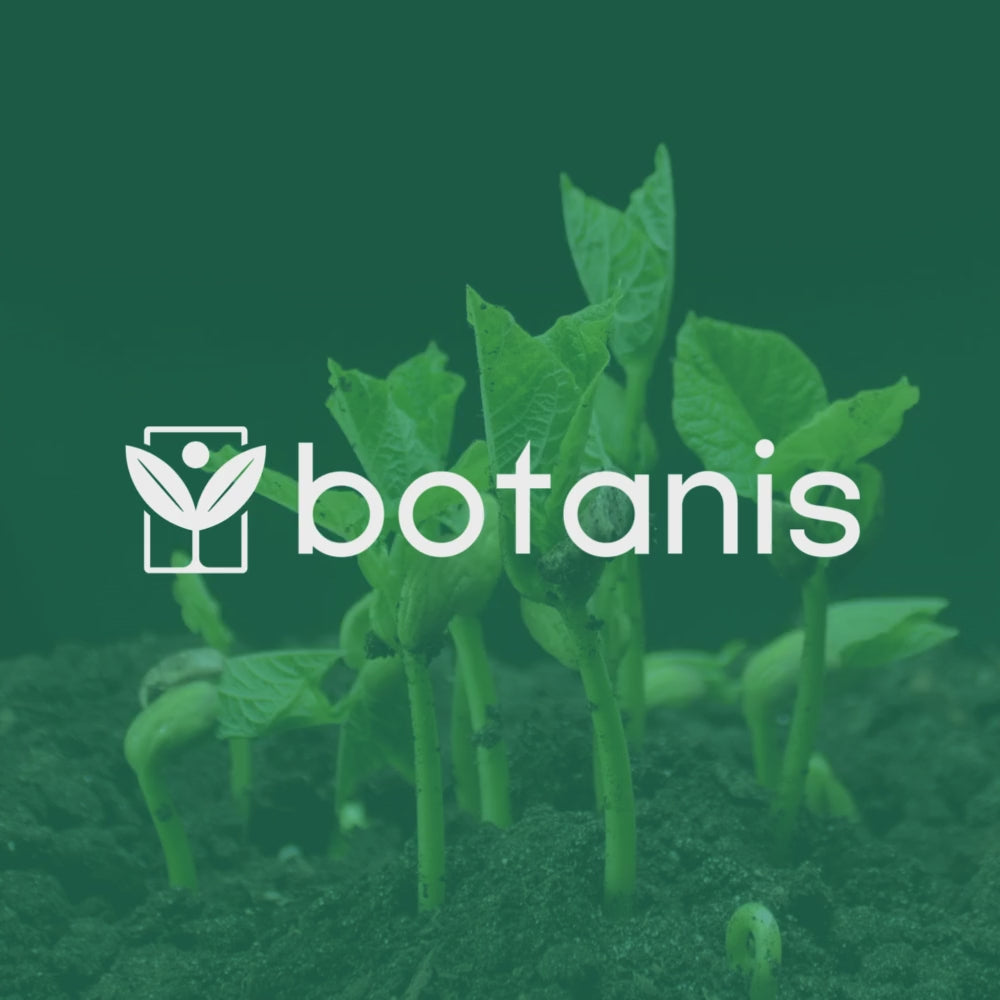10 rare seeds DIONEA RED TEETH tree carnivorous plant - rare seeds - high quality selected seeds
Shipping time: 3-5 business days
Use code " BOTANIS10 " for a 10% welcome discount!
Free shipping: on orders over €39!
Couldn't load pickup availability

Description
General characteristics of carnivorous plants
The term carnivorous plant was first used by Francis Ernest Lloyd in 1942.
They can be perennial or annual plants. Some are able to form colonies by forming stolons and others live only for a few years.
Carnivorous plants are herbaceous plants that live in extreme habitats such as bogs, rocks and swamps, rather acidic soils, devoid of calcium and in which the concentration of essential nutrients such as nitrogen, phosphorus and potassium is rather low.
To overcome these nutritional deficiencies, carnivorous plants feed on animals and protozoa, mainly insects and arthropods, to obtain the essential elements for their growth and development.
This characteristic is a response of the plants themselves which have had to adapt to the extreme environments in which they live.
The nutrients will then be obtained from the digestion of the proteins of the animals that are captured through traps represented by their modified leaves.
There are approximately 600 species of carnivorous plants in the world, which are divided into 5 families and 12 genera.
In addition to carnivorous plants, there are protocarnivorous plants. These are plants that possess only some of the characteristics necessary to be considered true carnivorous plants.
The roots of carnivorous plants are rather small because the plant consumes a greater amount of energy for the production of digestive enzymes and for the construction of traps necessary for the absorption of nutrients that will take place through their modified leaves.
Dionea: the most beautiful carnivorous plant
The Venus flytrap, Dionea muscipula (Soland. ex Ellis, 2000), is one of the best-known carnivorous plants belonging to the Droseraceae family.
carnivorous plant - dionea
Among the first to study it was Charles Darwin who defined it as one of the most beautiful plants in the world.
Originally from North Carolina, a sunny, humid and sandy area, it is now grown in various parts of the world for ornamental purposes and is very well suited to pot cultivation. This plant grows spontaneously rather rarely.
Botanical characteristics of the Venus flytrap
Dionea muscipula is a carnivorous, herbaceous and perennial plant of rather small dimensions, in adulthood it can measure about 20 cm in diameter and can reach a height of between 15 and 20 cm.
Its roots are rather short and thin.
The appearance of this species varies depending on the season we are in:
during the growing season, from March to October, the leaves rise and appear straight and taut;
During the winter or dormant period, from November to February, the leaves lower close to the ground.
The flowers of the Venus flytrap are small, hermaphrodite, white in color and are released after the fifth year of life of the plant. The inflorescences are straight and produce small, black seeds; these emerge from the center of the rosette of leaves and are taller than the leaves themselves.
In this way the trap leaves do not represent an obstacle to the work of pollinating insects.
The trap leaves of the carnivorous plant dionea
The leaves represent the most particular characteristic of the Venus flytrap as they are real traps for insects.
They are arranged in a rosette and all rise from a central point and then branch out towards the sides.








